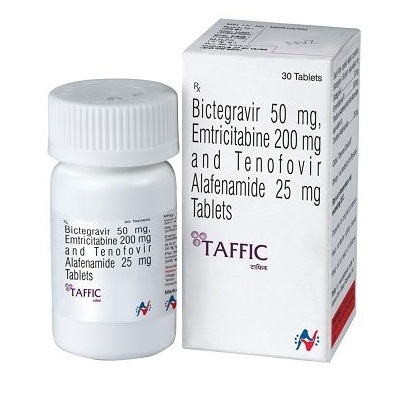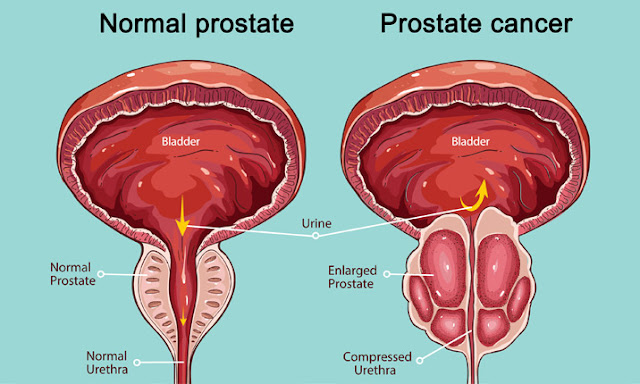Can Stem Cell Transplant Cure HIV Infection?
The life expectancy of an HIV-positive person is 36 years, lesser than normal human life expectancy. About 39 million people across the globe were infected with HIV in 2020. Of these, 1.7 million were children under the age group of 15. According to the Centers for Disease Control and Prevention, a person with undetectable levels in their blood isn’t able to transmit HIV during coitus.
Human immunodeficiency virus or HIV is a virus that attacks the cell that helps the body fight the infection. If an HIV positive can exceed viral suppression, they will be unable to transmit HIV to others through sexual contact. Timothy Ray Brown was the first person to be cured of HIV in 2010.
TIMOTHY RAY BROWN’S STORY
Timothy Ray Brown was a 40-year man diagnosed with fatal blood cancer, acute myeloid leukemia. To cure his cancer, he received a bone marrow transplant from a healthy Donor. Unfortunately, the donor had North European origin with their mutation immune to HIV. HIV attacks the blood-forming stem cells in your human body Timothy Brown’s infected blood cells were replaced with new blood stem cells. But not everyone is as lucky as Timothy Brown since these transplants have great risk, and the donor should be closely matched with the infected person. However, he was 54 when he died of a recurrence of cancer.
This story has given hope to HIV-infected people. HIV can be cured by replacing the HIV-infected cells with HIV-resistant immune cells, which come from HIV-resistant blood stem cells from a Donor.
Just 5 months ago, a woman infected with HIV was cured by stem cell transplant, as reported by WHO. Previously two men, including Timothy Brown and the London patient (a man with Hodgkin lymphoma) were cured through stem cell transplants.
Stem cells are the basic cells that give rise to the cells in different organs. An example can be an egg that a man has fertilized. As the stem cells divide, they change into the other types of cells that make up the body.
Stem cell transplant can be done from the body of a Donor or the patient.
With the immense loss of CD4 cells, one may die from AIDS. Nowadays, stem cell therapies are becoming a major topic in biomedical research all over the globe. It might be a viable treatment choice for people suffering from various illnesses and injuries. Before ART became the common treatment option for HIV-positive patients, preliminary stem cell transplants in the 1980s failed. But, with the success of 3 recorded cases, there is hope.
The presence of only antiretroviral therapy is a drawback. However, this treatment is not curative and has to be done throughout life.
MEDICATIONS FOR HIV
1. Taffic tablets: an oral pill with the composition of Bictegravir 50 mg, Emtricitabine 200 mg, Tenofovir Alafenamide 25 mg is a drug for people with no history of antiretroviral. These 3 drugs tablet helps control HIV by decreasing it and reducing the chances of major diseases like cancer.

2. Axentri 150 mg: is a commercial drug used to treat HIV/AIDS. The tablet's dosage depends on an individual’s body weight, medical history, gender, and age. This drug affects the human liver and causes anemia, jaundice, etc. It is priced at Rs 1200 in India.
3. Maraviroc: is an antiretroviral drug sold under the brand name Selzentry (US) and Celsentri (EU), used for HIV treatment. It does not cure HIV infection but prevents the growth of the virus. Many other medicines like Atazanavir or Boceprevir are advised not to be taken along with this.


Comments
Post a Comment